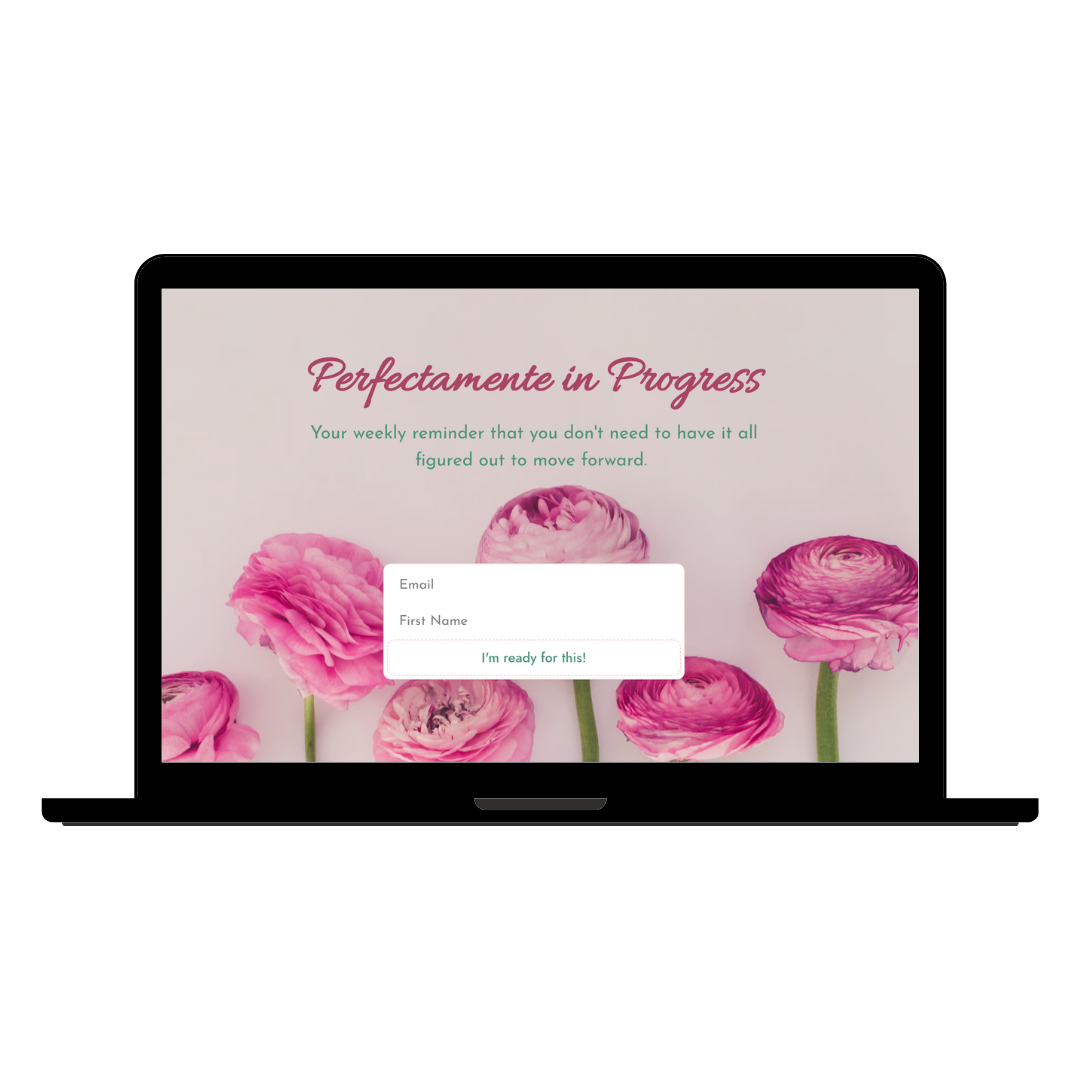Giving Yourself Permission to Go Slow: Why Healing at Your Own Pace is a Superpower
In a world that celebrates “bouncing back” and “moving on,” the idea of slowiang down can feel almost rebellious. For those of us who’ve been conditioned to figure things out quickly and push through challenges, taking time to process feels uncomfortable—maybe even wrong. But here’s what many high achievers are discovering: giving yourself permission to go slow isn’t a sign of weakness. It’s one of the most powerful acts of self-advocacy you can practice.
The Pressure to Move Fast (And Why It Backfires)
We live in a culture obsessed with quick fixes and rapid recovery. Got laid off? Network immediately and land something better. Relationship ended? Time to get back out there. Experienced trauma? Process it efficiently and move forward. This “fast transition” mentality feels natural because it’s what we’ve been taught to value—resilience that looks like constant forward motion.
But here’s the reality: when we rush through difficult experiences, we often end up delaying the very healing we’re trying to achieve. That pressure to bounce back quickly can lead to repression, avoidance, or surface-level processing that leaves us feeling confused and overwhelmed months or even years later.
The hidden cost of rushing:
- Emotions get buried instead of processed
- Lessons from difficult experiences remain unlearned
- Patterns repeat because we never took time to understand them
- Burnout becomes inevitable when we never pause to recharge
- Authentic healing gets replaced with performing “being okay”
Why Going Slow Takes More Strength Than Rushing
The biggest mistake people make when navigating difficult times? Believing that if they don’t rush through the process, they’ll be perceived as weak or fragile. This couldn’t be further from the truth.
Think about it: anyone can put on a brave face and push through. That’s the easy path because it’s socially acceptable and often praised. But sitting with discomfort, feeling your feelings fully, and taking the time you actually need? That requires tremendous courage.
Signs that going slow is actually strength:
- You’re willing to feel uncomfortable emotions instead of numbing them
- You choose genuine healing over performing recovery for others
- You set boundaries around your timeline despite external pressure
- You prioritize long-term wellbeing over short-term approval
- You trust your internal wisdom over societal expectations
Recuerda: Rushing through healing often means repressing emotions or insights that could actually serve you. Going slow isn’t a luxury—it’s necessary.
The Cultural Pressure to “Keep Moving”
This pressure to move quickly hits different when you’re a first-generation achiever. When you’re often the first in your family or community to navigate certain experiences—whether that’s corporate layoffs, therapy, career pivots, or major life transitions—there’s an added layer of pressure to figure it out fast and keep pushing forward.
Cultural messages that complicate healing:
- “You’re strong, you can handle anything” (translation: don’t show struggle)
- “We’ve sacrificed so much for your opportunities” (translation: don’t waste time processing)
- “Just keep working hard and everything will work out” (translation: action is always better than reflection)
- “Others have it worse” (translation: your struggles aren’t valid enough to slow down for)
These messages, while often well-intentioned, can make it feel selfish or ungrateful to take the time you need to process difficult experiences. But honoring your pace isn’t disrespecting your family’s sacrifices—it’s using the foundation they built to create sustainable success instead of burning out.
How to Actually Give Yourself Permission to Go Slow
Acknowledge the Internal Pressure
The first step is noticing when you’re rushing your own process. Pay attention to thoughts like “I should be over this by now” or “I need to figure this out quickly.” When you catch yourself in this mindset, pause and ask: “Am I trying to skip ahead because I’m uncomfortable with where I am right now?”
That awareness alone can help you slow down. You’re not trying to eliminate the pressure—you’re learning to recognize it so it doesn’t control your choices.
Reframe “Taking Time” as Strategic, Not Weak
We’ve been conditioned to see needing time as a character flaw. But actually, having the courage to sit in discomfort so you can come out better on the other side takes incredible strength and wisdom.
Try these reframes:
- Instead of: “I’m taking too long to get over this”
- Try: “I’m doing the deep work now so this doesn’t derail me later”
- Instead of: “I should be handling this better”
- Try: “I’m learning skills that will serve me for life”
- Instead of: “Everyone else moves on faster”
- Try: “I’m honoring what my healing actually requires”
Let Go of Destination Thinking
One of the biggest traps is expecting to reach some perfect “healed” or “figured out” state. This destination thinking creates pressure to rush because you’re trying to get somewhere specific as quickly as possible.
Growth isn’t a destination—it’s an ongoing journey of becoming who you’re meant to be. When you release the expectation of arriving somewhere, you can actually be present for the process.
Give Your Emotions Space to Exist
When big feelings come up—joy, sadness, frustration, confusion—resist the urge to immediately move on to the next thing. Let them flow for as long as they need to. Your emotions have information for you, but only if you’re willing to listen.
Practical ways to honor emotional processing:
- Schedule time for feeling instead of just doing
- Allow yourself to sit with emotions without immediately trying to fix or change them
- Journal without censoring or trying to reach conclusions
- Talk to trusted friends who can hold space without offering solutions
- Engage in activities that help you process (walking, creating, moving your body)
Remember That Humans Are Complex
You might still be processing things from years ago, and that’s completely normal. We’re not computers that can just delete old files and move on—we’re layered, complicated beings who need time to unravel and understand our experiences.
This is especially true when you’re navigating experiences your family or community hasn’t faced before. Without a roadmap, it makes perfect sense that you’d need time to figure things out.
Creating Your Own Permission Slips
Sometimes we need to literally give ourselves permission to go at our own pace. Here are some permission slips you can use:
- Permission to process slowly: “I give myself permission to take as much time as I need to understand and integrate this experience.”
- Permission to feel deeply: “I give myself permission to feel all my emotions without rushing to make them go away.”
- Permission to disappoint others: “I give myself permission to prioritize my healing timeline over other people’s comfort with my pace.”
- Permission to not have answers: “I give myself permission to sit in uncertainty without forcing premature clarity.”
- Permission to change my mind: “I give myself permission to adjust my approach as I learn what I actually need.”
The Long-Term Benefits of Going Slow
When you give yourself permission to go slow, you’re not just healing from your current situation—you’re building skills that will serve you for life:
- Emotional intelligence: You learn to recognize and honor your feelings instead of bypassing them
- Self-trust: You develop confidence in your own timing and intuition
- Authentic resilience: Your strength comes from genuine processing, not performance
- Sustainable success: You create systems that support long-term wellbeing, not just short-term achievement
- Deeper relationships: You attract people who value authenticity over productivity
When Going Slow Feels Impossible
Sometimes external circumstances make it feel like you can’t afford to slow down. Maybe you need to find a new job quickly, or family responsibilities don’t allow for extended processing time. In these cases, you can still honor your pace within constraints:
- Micro-processing: Take small moments throughout the day to check in with yourself
- Boundary setting: Protect what little time you do have for processing
- Support systems: Lean on others who can hold space for your process
- Future planning: Commit to deeper processing when circumstances allow
- Self-compassion: Acknowledge that doing your best within limitations is enough
Moving Forward at Your Own Pace
Giving yourself permission to go slow doesn’t mean you’ll be stuck forever or that you’re avoiding responsibility. It means you’re committed to sustainable healing instead of quick fixes that don’t last.
Your pace might look different from others’, and that’s not only okay—it’s necessary. You’re not just healing for yourself; you’re modeling for others that it’s possible to navigate difficult experiences with integrity and self-compassion.
The world needs people who are willing to do the deep work, who choose genuine healing over performing recovery, and who understand that true strength sometimes looks like slowing down. That’s not weakness—that’s wisdom.
Subscribe to the Newsletter








